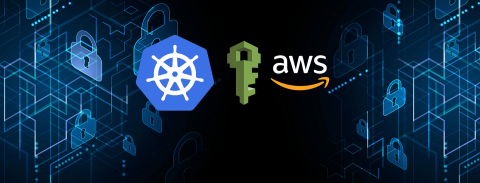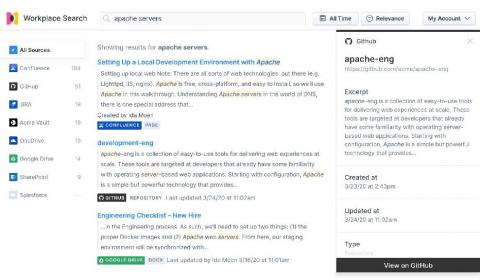Securing open source through CVE prioritisation
According to a recent study, 96% of applications in the enterprise market use open-source software. As the open-source landscape becomes more and more fragmented, the task to assess the impact of potential security vulnerabilities for an organisation can become overwhelming. Ubuntu is known as one of the most secure operating systems, but why? Ubuntu is a leader in security because, every day, the Ubuntu Security team is fixing and releasing updated software packages for known vulnerabilities.











